Chickens for the Orchard (Part 1)
- Bill Wilson
Part 3: 8-13 Weeks of Age (As Adventurers)
Part 2: 4-8 Weeks of Age (As Kids)
Part 1: 0-4 Weeks of Age (As Chicks)
Objective: Raise some chickens for food and to also help with insect, grass and weed control in our 2-acre organic community orchard…!!!
As most of you know, in permaculture design we attempt to:
- garner the greatest amount or number of yields
- from the minimum amount of work
- while creating no waste (at least minimal)
- and restoring the environment.
Let’s see what additional benefits we can obtain from this project other than just the insect, grass and weed-removal help from 100 chickens. This will be our chicken saga as it reveals itself in real time. We’re always learning too and raising this many chickens at once, and in this way, is stretching us some.
We will take the experience we do have, plus apply permaculture design principles, while adding in good-ole common sense (with help from some great books, friends and the internet) to work creatively and see what we might come up with.
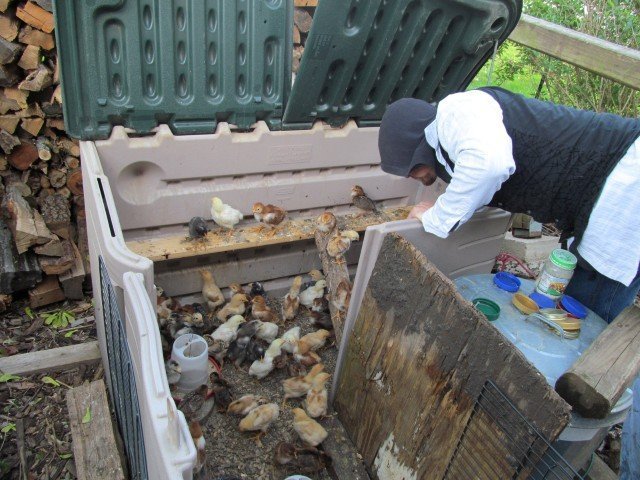
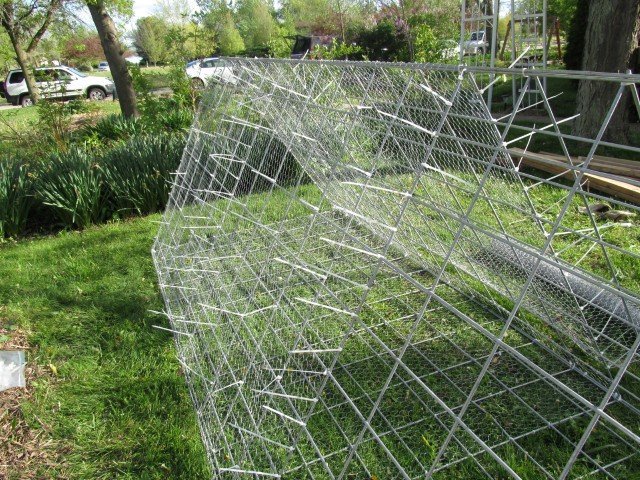
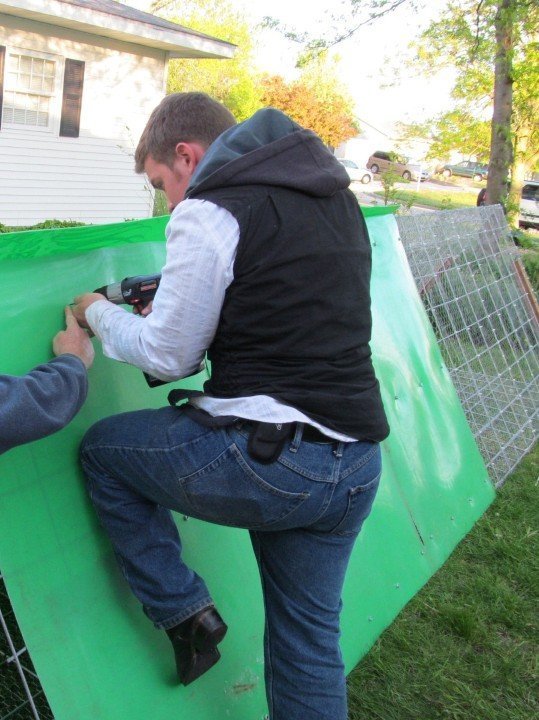


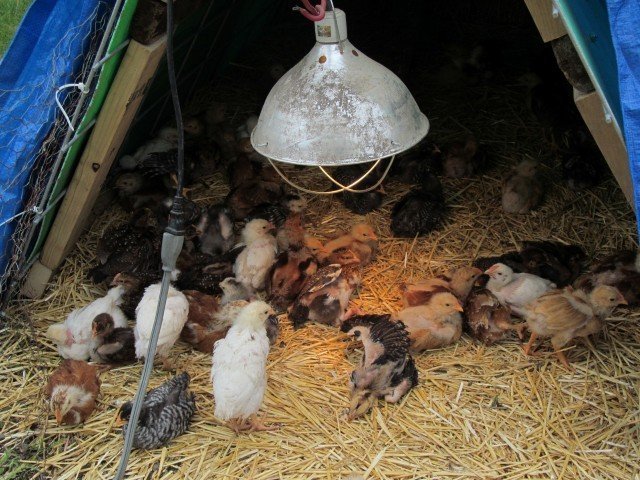

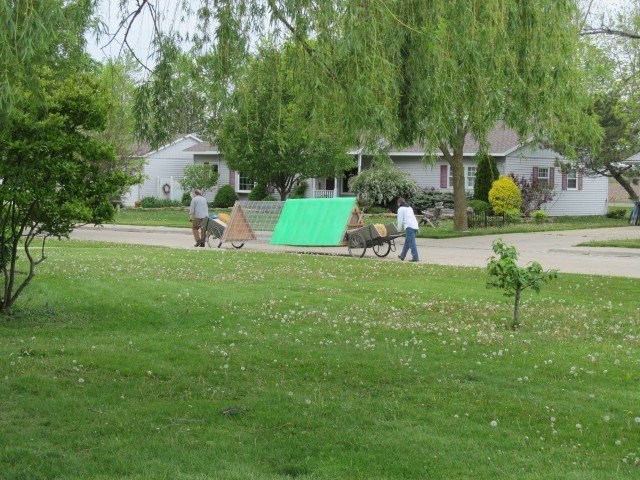

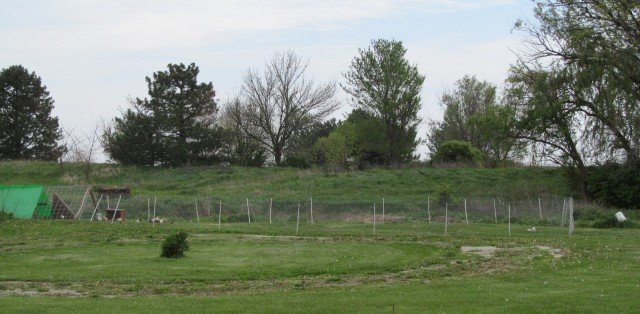
We’ll add some more pictures and summaries as our chicken journey continues… All for now… Bill
